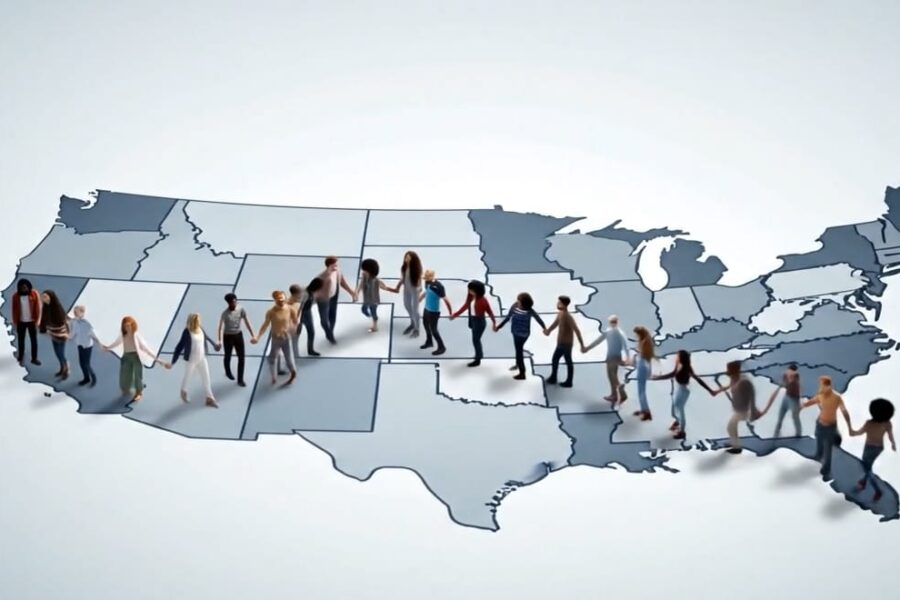Americans United for Life continues with its series, “(Un)Happy Birthday, Chemical Abortion,” by asking about additional patient populations the drug may put at risk – minor girls, which the Food & Drug Administration calls a “pediatric population, and women in underdeveloped countries that often lack access to emergency medicine and other aspects of modern health care. Unfortunately, the information we have about RU-486’s operation in either patient population is no better than the dismal record it has in general, and it may even be far worse.
Chemical abortion pill impacts on teenagers has not been studied.
RU-486 has not been proven “safe” for young teens in either clinical trials or in general clinical reports. Feminist author Renate Klein and her colleagues note that “the majority of studies recommend that chemical abortion is only suitable for women 18 years of age or older. This age recommendation excludes teenagers between 13 and 17….” For this reason, a Citizen Petition that Americans United for Life filed in 1995 with the FDA urged that RU–486 was contraindicated for pediatric populations. In 1998, the FDA adopted the Pediatric Rule (21 CFR § 201.23 (enjoined)), which requires testing on minor populations of all drugs expected to be use by a substantial number of children. Prior to approval, Mifeprex was only tested on adults, and the FDA never explained why it approved the drug despite the absence of the required pediatric testing. In 2003, 18-year-old Holly Patterson died after taking Mifeprex, and it made national news. Despite calls to rescind approval, especially for minor girls, the FDA has never investigated contraindications or long-term impact of the drug on teenage girls.
Chemical abortion is particularly dangerous for women in rural areas and underdeveloped nations.
Chemical abortion can be even more dangerous for women in underdeveloped countries, where the abortion lobby is pushing hard for its acceptance. While U.S. policy under President Trump prohibited funding from the U.S. government to organizations that will use that money for abortions, the United Nations and other international organizations continued to provide extensive funding for abortion, including their method of choice, chemical abortion. The UN Population Fund’s stated goal is to “deliver a world where every pregnancy is wanted” and they do this by advancing abortion access on the global stage, in spite of the fact that many underdeveloped nations lack access to hygienic conditions, medical personnel, and emergency facilities necessary to deal with the significant percentage of incomplete abortions that ensure from chemical abortion. In a letter to the Secretary General of the UN, USAID Administrator John Barsa argued that:
[The UN] does just this, by cynically placing the provision of “sexual and reproductive health services” on the same level of importance as food-insecurity, essential health care, malnutrition, shelter, and sanitation. Most egregious is that the Global HRP calls for the widespread distribution of abortion-inducing drugs and abortion supplies, and for the promotion of abortion in local country settings.
Recently, the United Nations attempted to insert millions of dollars for abortion funding into a coronavirus relief package, causing the U.S. to object. The UN Population fund has promised to circulate “combination packs” of Mifepristone and Misoprostol to Coronavirus ravaged countries. This action came after the Trump administration withdrew U.S. funding from the UN Population Fund in 2017 for its alleged aiding of China in compulsory abortions and sterilizations.
Pro-Life activist and scientist Obianuju Ekeocha recently published a video series on the impacts of international NGOs pushing abortion in Africa, including her home country of Nigeria, highlighting the dangers of chemical abortion in rural areas where women suffering from complications like infection and hemorrhage are unable to get medical help in time. This same concerns exists in the United States, where rural hospitals are stretching resources to manage COVID outbreaks, and millions of Americans live more than 30 minutes away from the nearest hospital.
With the Biden Administration’s commitment to restoring funding for international abortion advocacy, we can expect a stronger global push toward chemical abortion in the next few years. Whether it’s a UN relief packet that contains abortion drugs instead of food or medical devices, or an online pharmacy mailing pills to women’s homes here in the US, chemical abortion drugs causes many more problems than they purport to “solve” and leave women in rural and underdeveloped areas especially vulnerable.




